
Pediatrics is a fun rotation, especially if you love kids. Generally, the schedule is a little lighter. The attendings and residents tend to be friendlier and more playful than you’ve seen on other rotations. There will be parents who are nervous about vaccines. You may see horrible cases of neglect and abuse. There will be little kids fighting diseases like cancer that no child should have to fight. At the same time, you will see how resilient these kids are, and they will steal your hearts. This post will serve as a guide for what to expect and how to study for the pediatrics clerkship.
Typical Schedule
This will vary based on the hospital/clinic and various services. My rotation was 8 weeks long and consisted of 2 weeks of inpatient hematology/oncology, 2 weeks of outpatient gastroenterology, 2 weeks of general outpatient, 1 week of rheumatology, and 1 week of NICU.
Your Expectations
As always, it is important to ask your resident and attending your expectations starting day 1. For inpatient, morning sign out was at 7am. We would hear about all the patients on the three pediatric teams, then go round on our team of hematology/oncology patients. Because many of our patients were very sick going through chemotherapy and coming in with neutropenic fevers, we were instructed not to wake them before rounds. We would speak to the nurses, check up on labs/radiology/pathology, and talk to the parents/patients once they were awake. We did not wear white coats as many of the kids were scared in the hospital, especially if they were on contacts and we came in looking like yellow aliens.
Ideally, before rounds, you will see the patients, complete your notes, and be prepared to present the patient to the attending, including your assessment and plan. If there is time, you can talk the patients over with the residents and read about your patient’s condition. The style of rounds varies depending on the attending. Sometimes you will sit and discuss every patient, then round at the bedside. Other times, you will do all of the rounds at the bedside. Be prepared to present your patient at the bedside in front of the patient’s family. Use less medical jargon and more easy to understand, less frightening terms. Drawing a picture can be helpful at times to help the family, the patient, and even yourself understand a particular diagnosis or treatment.
Rounds generally last until noon, then there is noon conference. Afternoons are generally for procedures, following up with patients, and teaching. There is often some time to play with the kids (which at the same time builds rapport), give the parents a little break, and bring some toys/arts and crafts to the kids on contacts who cannot go to the playroom.
The outpatient world is a little different. Generally, you will see the patient on your own, present the patient to the attending (including your assessment and plan), then go back to see the patient with the attending. This is a great time to work on communication skills with parents, learn how to use an interpreter, and practice your diagnostic skills with new patients.
What You Need
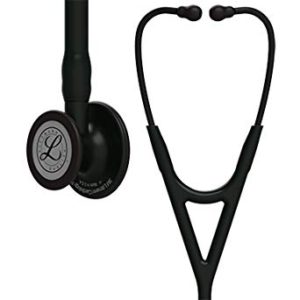
Stethoscope – I have this stethoscope (Littmann Cardiology IV) in burgundy and love it. This is the most popular stethoscope among medical students.
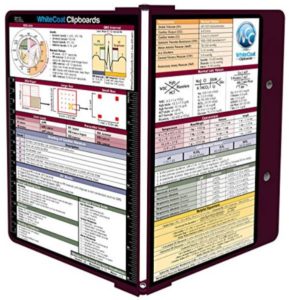
Medical Clipboard – I absolutely love this clipboard. It is perfect for keeping notes and taking histories, and it’s HIPAA compliant. Plus, it has lots of essential facts. Even better, it folds right up and fits in your white coat! (Make sure you buy the medical version, not the nursing version).
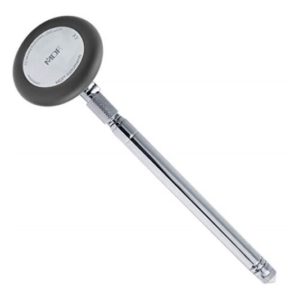
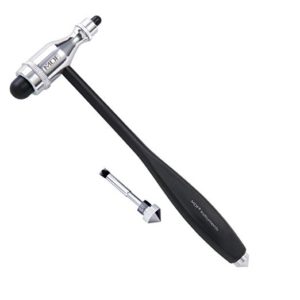
These two reflex hammers are very popular and easy to get reflexes on. I have the circular telescoping one, but the hammer one is also great! I was terrible at getting reflexes on the cheaper reflex hammers, and now it’s a breeze using these hammers.
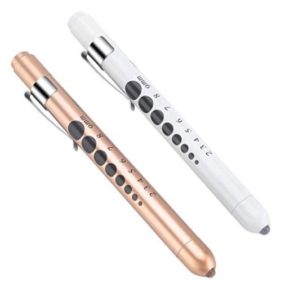
Pen Light – so important and I love the rose gold!
Pediatrics Swag
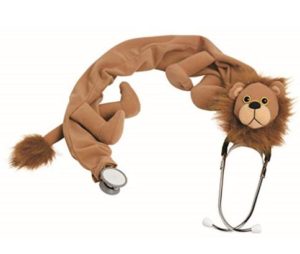
Lion Stethoscope Cover – I mean have you ever seen anything cuter?
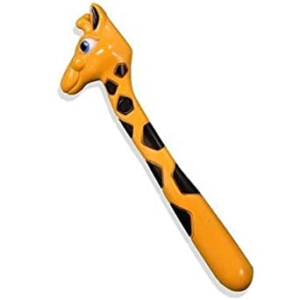
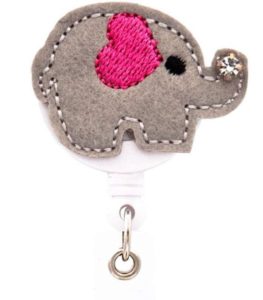
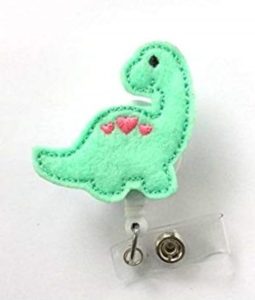
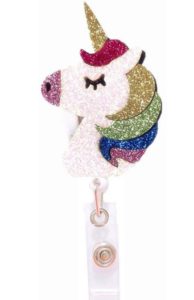


Elephant Stethoscope Attachment – umm super cute!
How to Study for the Pediatrics Clerkship
While the pediatrics rotations are a lot of fun, the pediatrics shelf is difficult. Thankfully the shelf is generally a small portion of your grade, while the majority comes from your evaluations. To score well, look sharp on the floors. Show up on time. Be kind. Work on your communication skills. Show interest. Be helpful. Work well with the team. You will be expected to write notes on the floors and in outpatient clinics. You may also write admission H&Ps and discharge summaries. Do a good job, as your notes may save your resident and attendings some time. Plus, it’s helpful for your learning.
In terms of shelf studying, OnlineMedEd has a great selection of pediatrics videos. Try to follow the schedule to stay caught up. Additionally, there are over 300 UWorld questions, so start tackling those early. I used OnlineMedEd, UWorld (admittedly did not finish all the peds questions), and some of Case Files.
Always take an NBME practice test if you can. Our school gave us one free voucher for every clerkship (they cost $20). They tended to be pretty accurate in terms of predicting scores and some of the questions were very similar to the actual shelf. Aim to take one mid-way through the rotation to make sure you are passing.
Pediatrics Clerkship Study Resources
In addition to OnlineMedEd and UWorld, the following are great resources.
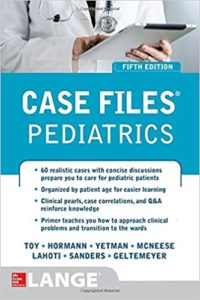
Case Files Pediatrics – This book is great for reading between patients. It has 60 high yield cases and goes through the presentation, diagnosis, and treatment. If you like to prepare for the OSCE, this is probably the best resource.
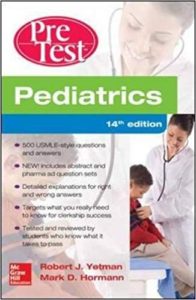
Pre-Test Pediatrics – If you are someone who studies by doing questions, this is another good resource. UWorld is gold, but if you want more questions, this is a great resource.
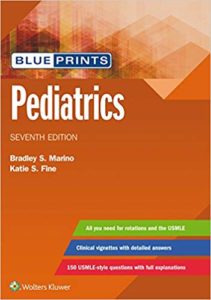
Blueprints Pediatrics – If you learn by reading, this may be a good resource for you. Each chapter is succinct, covering a high yield topic and ending with practice questions.
Disclaimer: There are some affiliate links in this post to support this site. There are no additional costs to you.
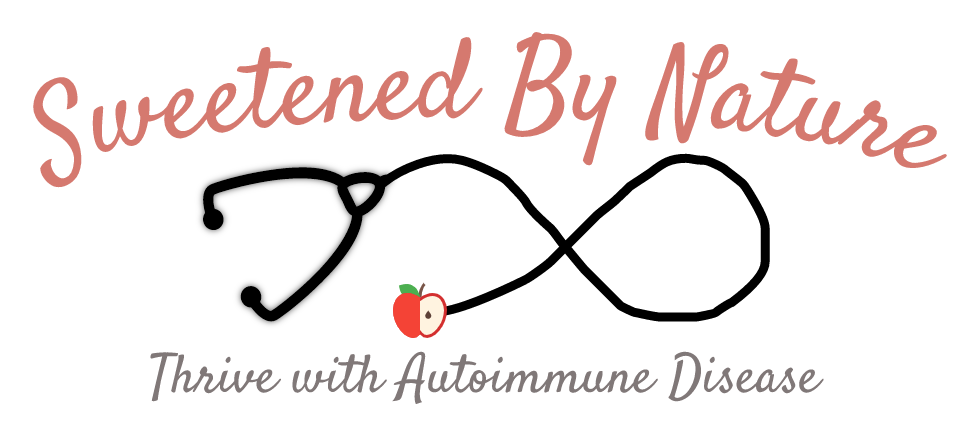
Leave a Reply